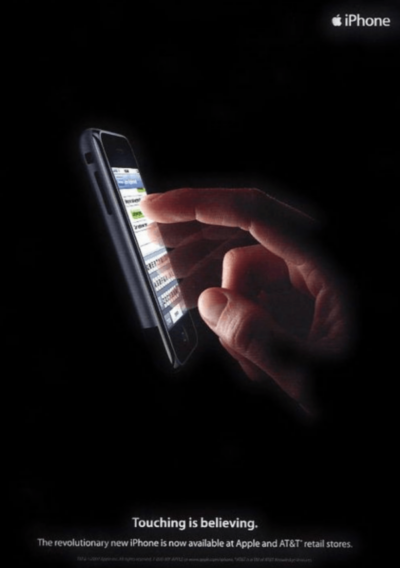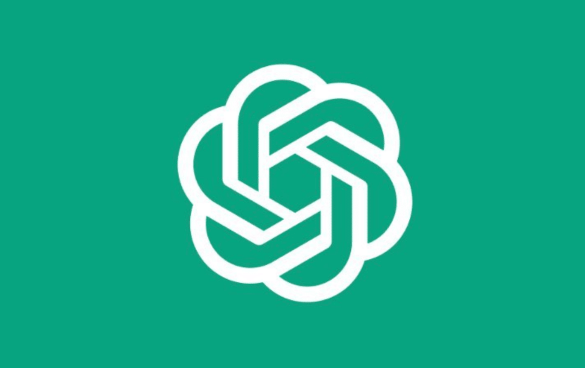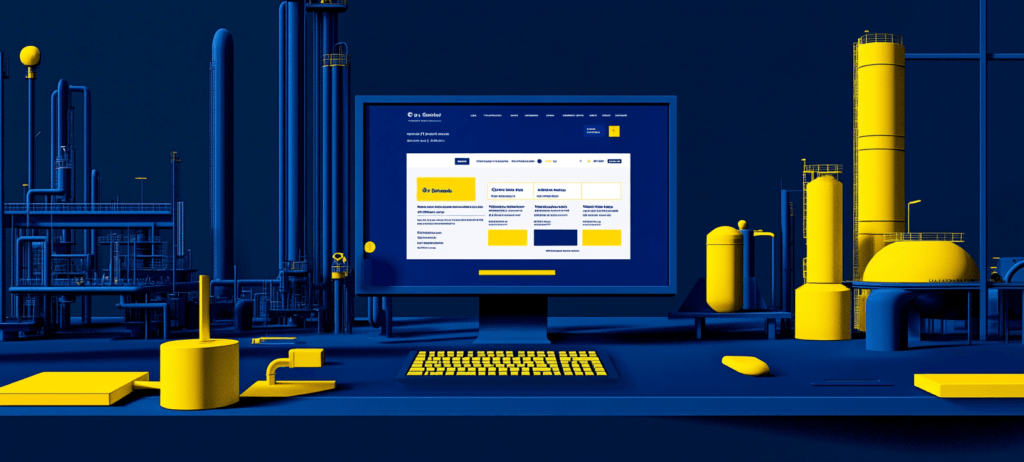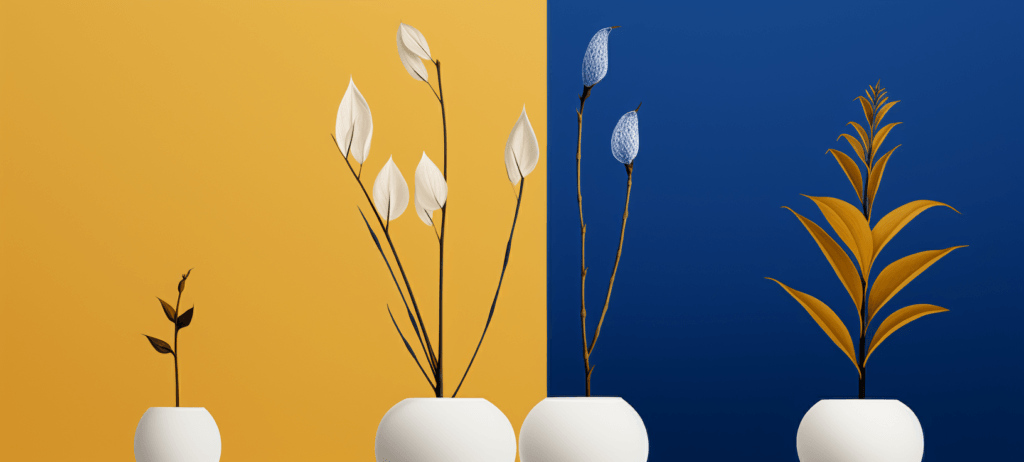-
 Published: Mar 21, 2023
Published: Mar 21, 2023
-
 13 min. read
13 min. read
-
 Matthew Gibbons
Matthew Gibbons Senior Data & Tech Writer
Senior Data & Tech Writer
- Matthew is a marketing expert focusing on the SEO & martech spaces. He has written over 500 marketing guides and video scripts for the WebFX YouTube channel. When he’s not striving to put out some fresh blog posts and articles, he’s usually fueling his Tolkien obsession or working on miscellaneous creative projects.

What is the product life cycle?
The product life cycle is the journey a product or brand goes through from its creation to its extinction. It begins the moment a product launches, and ends when that product is finally taken off the shelves for good.
Do you remember Blockbuster? In the ‘90s and early 2000s, it was easily the largest video rental chain in the nation, with at least one store in nearly every city or town. Today, though, it’s virtually nonexistent, with only a single remaining location.
So, what happened to Blockbuster? The answer is that, over the span of around three decades, it went through the full product life cycle. From its conception to its collapse, it experienced a full arc of successes and failures — and it’s far from the only business to have done so.
But what is the product life cycle, and what does it look like when a brand goes through it? We’ll answer both of those questions in the product life cycle overview below, plus we’ll discuss how you can optimize for each stage of the cycle.
Key takeaways
- The product life cycle is the journey a product goes through from its creation to extinction.
- There are four stages of the product life cycle: Introduction, growth, maturity, decline.
- Examples of products that have gone through a full product life cycle include typewriters, compact discs (CDs), and video home systems (VHS).
- Understanding product life cycles helps you plan better marketing campaigns that help your product stay relevant and on the shelves.
- Factors that can influence the life cycle of a product include the economy, updates to technology, and market competitiveness.
Here’s a quick overview of everything we’ll cover:
- What is the product life cycle?
- Product life cycle stages
- Product life cycle examples
- Why is the product life cycle important?
- What factors can affect the product life cycle?
- What are the limitations of the product life cycle?
- The product life cycle vs. the BCG Matrix
- How to use the product life cycle to sell more products
Read on to learn more. Then subscribe to Revenue Weekly, our email newsletter, to get more digital marketing content delivered straight to your inbox!
Don’t miss our Marketing Manager Insider emails!
Join 200K smart marketers for the hottest marketing news and insights in your inbox.
Inline Subscription Form
“*” indicates required fields


What is the product life cycle?
The product life cycle is the journey a product or brand goes through from its creation to its extinction. It begins the moment a product launches, and ends when that product is finally taken off the shelves for good.
How the product life cycle works
Now that you know the product life cycle definition, let’s dive into the product life cycle stages.
Like many things, the product life cycle is a spectrum. That said, we can divide it into four main stages:
We’ll look at each of the product life cycle stages in more detail below, along with examples of each one and how your marketing should adapt to them!
1. Introduction
The first of the product life cycle stages is the introduction stage, where your product is first introduced into the market. Most people won’t know about your product at this stage, so it’s a struggle to make people aware of it and convince them of its benefits.
Example: The iPhone
Back in 2007, Steve Jobs and Apple released the first iPhone. At first, the product was met with skepticism by many people — who needs a touchscreen?
To promote the product, Jobs spent an hour on stage talking about it during its initial announcement. Apple then spent six months running marketing campaigns that hyped up the benefits of this new device before it was even released.

How to optimize for the Introduction stage
At this stage, you want to focus most of your marketing on brand awareness. Since you’re just starting out with your business or product, most people don’t know you, so it’s your job to introduce them to your business and tell them what you do.
Social media ads, paid search ads, and introductory website content are all good strategies to employ at this stage.
2. Growth
The growth stage is where your business first finds success. At this stage, you’re getting a lot of publicity, and you’re constantly gaining new customers and expanding your budget. In many ways, it’s like the “honeymoon phase” of the product life cycle.
Example: Air fryers
The air fryer was first invented in 2010, but it wasn’t until 2015 that it exploded into popularity. It then spent the next five years progressing through the growth stage.
Between 2018 and 2020, air fryer brands hardly even had to run their own marketing due to the popularity of the product across social media — people were constantly posting about how much they loved their air fryers.

How to optimize for growth
During the growth stage, you should aim to keep expanding your product line. That means you should continue your brand awareness marketing, but also start shifting your focus from “here’s who we are” to “here’s what makes our products so great.”
Since people will search for your products a lot at this stage, search engine optimization (SEO) and paid advertising are two of the best strategies to use to reach these leads.
3. Maturity
The most profitable of the product life cycle stages is the maturity stage. At this stage, your business has become well-established in the market and is generating a steady flow of revenue.
However, competitors are now springing up left and right trying to sell the same product.
Example: Netflix
Netflix may have had humble beginnings, but by the mid-2010s, it had become the biggest streaming platform in the world.
Countless films and TV shows were available there at various points, from The Office to Indiana Jones. However, despite Netflix becoming a staple of Friday movie nights across the globe, its success also spawned a bevy of competitors like Hulu and Disney Plus.
As a result, Netflix has since had to work hard to stay in the game and keep driving high revenue.
How to optimize for maturity
Since the maturity stage brings so many new competitors, one of your biggest priorities should be persuading your audience that your brand is the best one.
Advertise all the ways you stand out from the competition, while continuing to highlight the benefits you offer customers. The best marketing strategy here is a well-rounded one, where you use everything from SEO to social media to email marketing to advertise online.
4. Decline
The final stage in our product life cycle overview is decline. Every business wants to avoid this stage, because it’s where the demand for your products goes down and you stop stocking them. At the bottom of this stage is extinction, which obviously isn’t desirable.
Example: Blockbuster
We already touched on Blockbuster earlier in this post as the biggest video rental chain of the ‘90s and early 2000s. If you wanted to watch a movie that was out of theaters, Blockbuster was the place to go.
But with the rise of streaming platforms in the late 2000s, Blockbuster began to flounder.
Eventually, it became so outcompeted that the entire chain shut down, except for one store that was preserved purely for nostalgic purposes.
How to optimize for decline
Despite decline often leading to extinction, that isn’t a guarantee.
A business whose products enter this stage can still recover if they market themselves correctly. The best strategy is to figure out a way to rebrand yourself and your products, changing along with the times.
For this stage, things like social media and paid advertising are excellent tools. You essentially want to reintroduce yourself to your audience, which means it can be helpful to use methods like those in the introduction stage.
Product life cycle examples
Want to see the product life cycle in action? Check out these product life cycle examples:
1. Cable TV
Since the introduction and growth of online video streaming platforms like Netflix, Amazon Prime, and more, cable TV has started seeing a decline as more people cut the cord and turn to online streaming. Here’s an overview of how this product moved through each stage of the cycle:
- Introduction: Cable TV was first introduced in the United States in 1948.
- Growth: Cable TV started gaining traction several years later, and by 1989, more than 53 million U.S. households had cable television.
- Maturity: Cable TV reached its maturity stage in the 1990s, with 60% of U.S. households having a subscription.
- Decline: Cable TV started experiencing a decline around 2015 as more households opted to make the switch to cheaper and more convenient online streaming options.
2. Video Home System (VHS)
Before DVDs became popular, a VHS was one of the only ways you could watch your favorite movies whenever you wanted, granted that you owned the VHS tape.
- Introduction: The VHS was first introduced to consumers in 1976.
- Growth: The VHS dominated the home movie market for several decades after its introduction, with millions of American households owning the device along with a collection of VHS movies.
- Maturity: The VHS reached its maturity stage in the early 2000s, with 83% of Americans owning the system.
- Decline: The VHS began its decline around 2003 with the introduction and popularity of DVDs and online rentals.
3. Typewriters
Once the most popular writing method, typewriters began to lose traction as new technologies entered the market.
- Introduction: The first commercially made typewriter was made in 1868 by Christopher Latham Sholes, Carlos Glidden, and Samuel W. Soule.
- Growth: The typewriter quickly became a must-have writing product for homes, offices, colleges, and more.
- Maturity: The typewriter was a dominant writing product up until the 1980s.
- Decline: Typewriters went into decline with the spread of word processing systems in the 1990s.
4. Compact discs (CDs)
Do you remember owning a CD collection of your favorite songs and albums? Portable CD players and in-home CD entertainment systems were once the best way to listen to music before advancements in technology like smart phones, music streaming platforms, and Bluetooth speakers and devices.
- Introduction: CDs were first introduced to consumers in 1983.
- Growth: CDs quickly become a popular way to store and listen to music, with many households investing in CD collections and portable players to listen to music anywhere at anytime.
- Maturity: CDs reached their maturity around the late 1990s and early 2000s.
- Decline: CDs started to decline in 2003 with the introduction of new technology like the iPod that made listening to music cheaper and easier.
Why is the product life cycle important?
So, why is it so important to understand the life cycle of products?
The reason it’s beneficial to know about the product life cycle is because depending on which stage of it your business is currently in, you’ll want to take a different approach with your marketing.
You also want to do all you can to keep yourself in the earlier stages and avoid your company’s decline.
Here are some more of the biggest benefits you can enjoy when you understand this model:
- Better long-term strategic planning
- Longevity for products
- Optimized marketing strategies and campaigns
- Improved sales efforts
- Better organization and process management
What factors can affect the product life cycle?
Although there are plenty of strategies you can put in place to control how products move through the cycle, there are still a handful of factors outside of your control that can impact how your product will perform.
Let’s take a look at a few of them:
- A competitive market: Competitive markets can make it challenging to get your product off the ground and help it gain traction. That said, your product will likely have a long life cycle once it’s established. The trick is getting there.
- The economy: The economy itself can also affect the life cycle of your products. For example, a recession or pandemic could cut some product life cycles short.
- Technology updates and changes: Technology is always changing, which can affect the life cycle of your product if you can’t adapt to the updates and changes.
What are the limitations of the product life cycle?
As useful as the product life cycle is as a model, it does have its downsides. For one thing, it doesn’t really indicate how long each stage lasts — nor can it, since it varies immensely from business to business. That can lead to a lot of uncertainty as companies wonder when their product will hit the “decline” stage.
Another disadvantage is that the product life cycle isn’t as helpful to companies that sell services rather than products. That doesn’t mean you can’t find creative ways to apply it to those companies, but it’s definitely not as smooth an application as it is for product-based businesses.
The product life cycle vs. the BCG Matrix
The product life cycle isn’t the only model out there for monitoring product positioning. There’s also the Boston Consulting Group (BCG) Matrix, which takes the form of a grid:
| High market growth | Low market growth | |
| High market share | “Stars” | “Cash cows” |
| Low market share | “Question marks” | “Dogs” |
Like the product life cycle, the BCG Matrix contains four stages, each with a unique nickname. But unlike the product life cycle, the BCG Matrix doesn’t present these stages in a linear way. There’s no indication that they happen in a specific order.
That makes the BCG Matrix more flexible, accounting for the fact that things sometimes happen out of order. A product’s market share might decrease for a time, only to make a comeback later on. Or, a product might never get off the ground enough to achieve high market growth in the first place.
Neither model is inherently better than the other. You can choose either one based on what works best for your business.
How to use the product life cycle to optimize your marketing campaigns and sell more products
Now that you know more about the stages of the product life cycle and why it’s important, let’s dive into how you can use it to optimize your marketing strategies and campaigns so you can sell more products and grow your business.
Showcase the benefits of your product in your message
One of the best ways to get your audience to take notice of your product during the introduction stage is to highlight the benefits of your products. It’s important to communicate why your audience should purchase your product over your competitor’s.
So, whether you’re positioning your product as a cheaper option or a more environment-friendly alternative, make it clear in your messaging.
Make product improvements
Constantly improving your product to meet the needs of your customers is essential to extending its life cycle. Listen to your customers’ feedback and watch out for competitor product changes to ensure your product always provides the best experience for your audience.
Make it easy for your audience to find your products
During the introduction and growth stages, it’s essential to make it easy for your audience to discover and find your product online.
Consider implementing or improving your search engine optimization (SEO) strategy to help your website appear at the top of the search results when your audience searches for your product. You can also create a social media profile and launch paid advertisements to increase your visibility.
WebFX is a Partner in Driving Results
Hear from HydroWorx, who saw a 131% increase in organic forms by partnering with WebFX
WebFX can help you master the product life cycle
Now that you understand how the product life cycle works, you can better gauge how to optimize your marketing for whichever stage your products are currently in — and WebFX can help you do that.
With our digital marketing services, you’ll get help optimizing your campaigns for a variety of online strategies.
You’ll also receive a dedicated account representative who will keep in touch with you about everything we do for your marketing. To get started with us, just call 888-601-5359 or contact us online today!
-
 Matthew is a marketing expert focusing on the SEO & martech spaces. He has written over 500 marketing guides and video scripts for the WebFX YouTube channel. When he’s not striving to put out some fresh blog posts and articles, he’s usually fueling his Tolkien obsession or working on miscellaneous creative projects.
Matthew is a marketing expert focusing on the SEO & martech spaces. He has written over 500 marketing guides and video scripts for the WebFX YouTube channel. When he’s not striving to put out some fresh blog posts and articles, he’s usually fueling his Tolkien obsession or working on miscellaneous creative projects. -

WebFX is a full-service marketing agency with 1,100+ client reviews and a 4.9-star rating on Clutch! Find out how our expert team and revenue-accelerating tech can drive results for you! Learn more
Try our free Marketing Calculator
Craft a tailored online marketing strategy! Utilize our free Internet marketing calculator for a custom plan based on your location, reach, timeframe, and budget.
Plan Your Marketing Budget
Table of Contents
- What is the product life cycle?
- How the product life cycle works
- Product life cycle examples
- Why is the product life cycle important?
- What factors can affect the product life cycle?
- What are the limitations of the product life cycle?
- The product life cycle vs. the BCG Matrix
- How to use the product life cycle to optimize your marketing campaigns and sell more products
- WebFX can help you master the product life cycle

Proven Marketing Strategies

Proven Marketing Strategies
Try our free Marketing Calculator
Craft a tailored online marketing strategy! Utilize our free Internet marketing calculator for a custom plan based on your location, reach, timeframe, and budget.
Plan Your Marketing Budget
What to read next







